 The Golden Weather Loach or Misgurnus anguillicaudatus gets its name from the fact that they tend to become very active, and start acting quite strangely when there is sudden changes in barometric pressure, or even temperature changes. Also known as the Dojo Loach, these fish are long and slender with a yellow or gold coloration. They have a number of barbels on their faces that they use to find food as they burrow in substrate, much like Catfish. This type of Loach is edible, and is used in soups in places like Japan and Korea, but is also kept in an aquarium.
The Golden Weather Loach or Misgurnus anguillicaudatus gets its name from the fact that they tend to become very active, and start acting quite strangely when there is sudden changes in barometric pressure, or even temperature changes. Also known as the Dojo Loach, these fish are long and slender with a yellow or gold coloration. They have a number of barbels on their faces that they use to find food as they burrow in substrate, much like Catfish. This type of Loach is edible, and is used in soups in places like Japan and Korea, but is also kept in an aquarium. Golden Weather Loaches originate from Asia and are found in freshwater rivers, lakes and ponds. They have since been introduced to the aquarium industry and have become quite popular because they help keep the tank clean by scavenging on the bottom, have a strange appearance and a peaceful temperament. You don't need a huge aquarium to house these fish in either, 30 gallons or more should be plenty. They can grow to about 10" in length, but rarely get that long and need the follow water conditions to thrive in an aquarium, 68-76° F, KH 3-5, and pH 6.0-6.5. These Loaches are carnivorous and should be fed a variety of foods including Freeze Dried Bloodworms and Tubiflex. You can check out just how playful the Golden Weather Loach can be in this video.
Golden Weather Loaches originate from Asia and are found in freshwater rivers, lakes and ponds. They have since been introduced to the aquarium industry and have become quite popular because they help keep the tank clean by scavenging on the bottom, have a strange appearance and a peaceful temperament. You don't need a huge aquarium to house these fish in either, 30 gallons or more should be plenty. They can grow to about 10" in length, but rarely get that long and need the follow water conditions to thrive in an aquarium, 68-76° F, KH 3-5, and pH 6.0-6.5. These Loaches are carnivorous and should be fed a variety of foods including Freeze Dried Bloodworms and Tubiflex. You can check out just how playful the Golden Weather Loach can be in this video.This fish much like the African Lungfish, has the ability to secrete a thick mucus that it uses to survive droughts and cold winters. Golden Weather Loaches will actually bury themselves in the sand until conditions improve and then come out of their "hibernation" of sorts. Don't worry though, if you keep them in an aquarium that doesn't freeze over, they should be quite active and fun to watch.







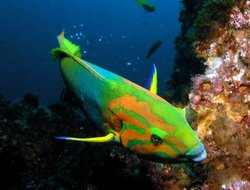

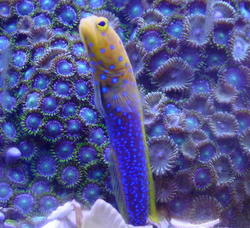



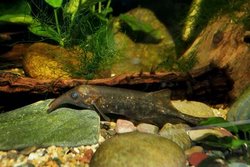

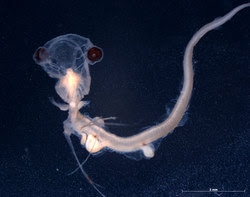
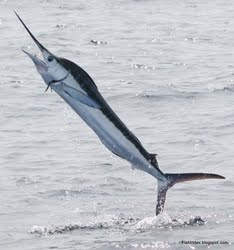







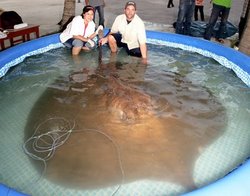
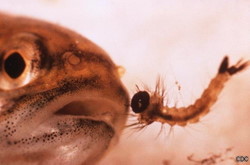







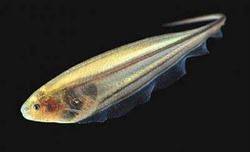
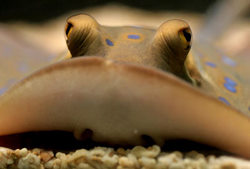





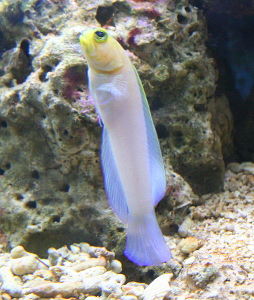





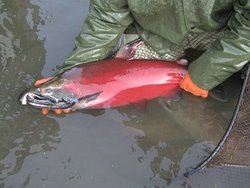

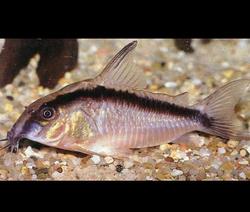
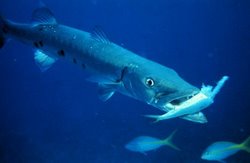



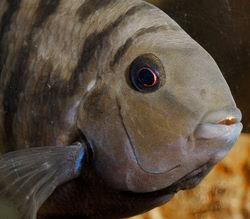


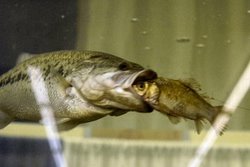



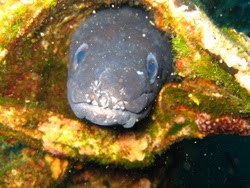


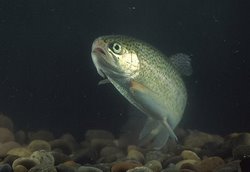
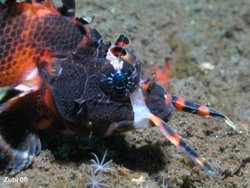
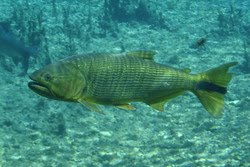

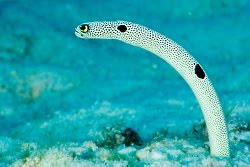
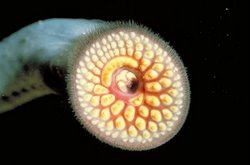



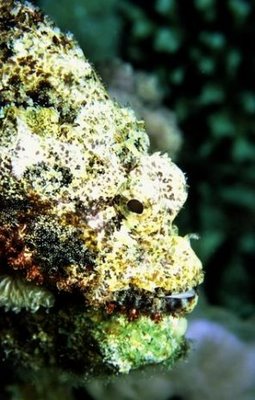
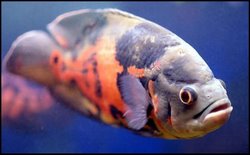

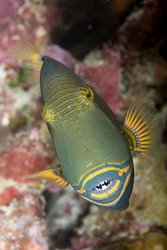

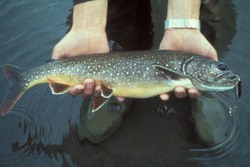

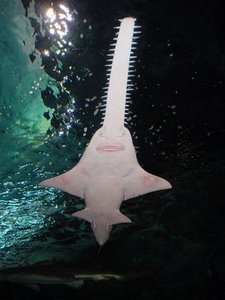












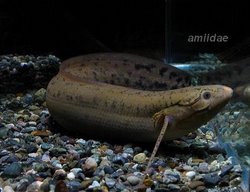

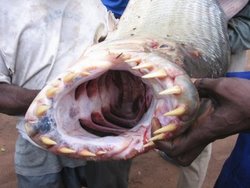










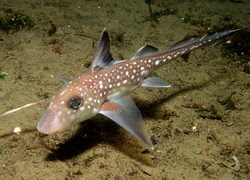
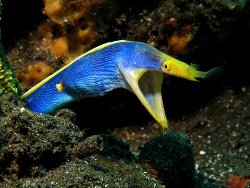


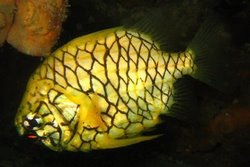
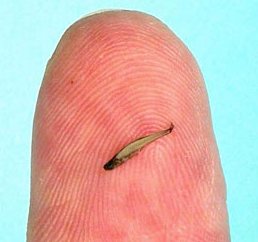
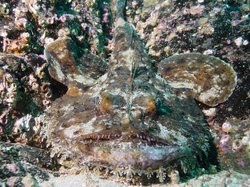
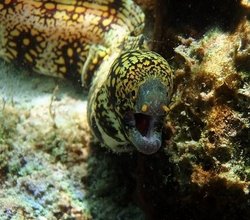

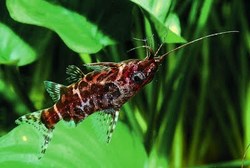







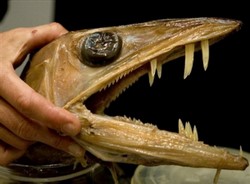

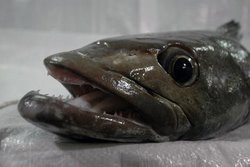

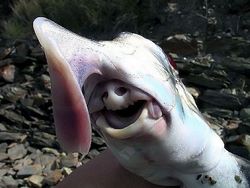
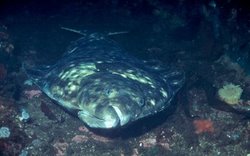
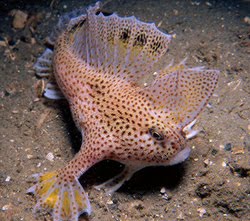
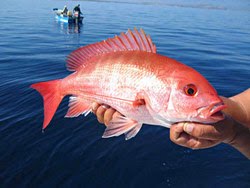

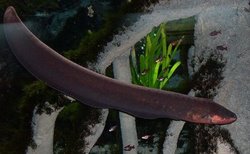

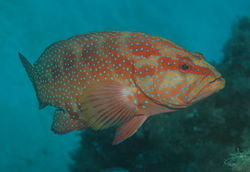

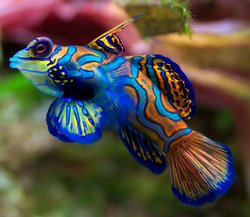
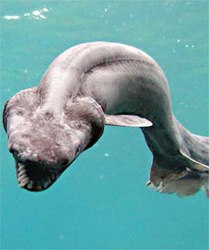
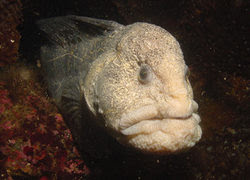
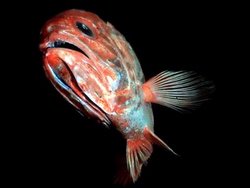
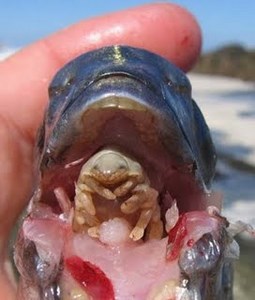

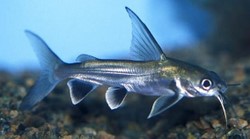
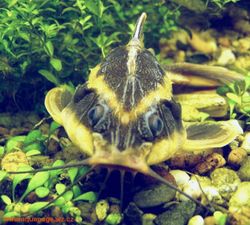
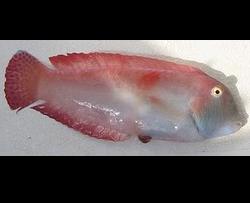








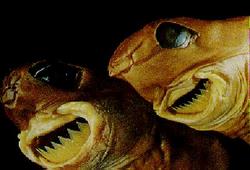
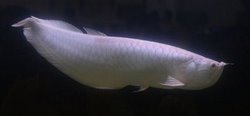
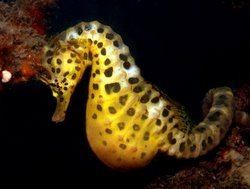
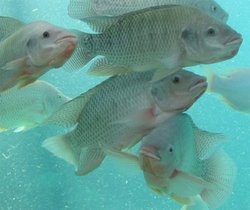
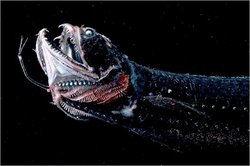
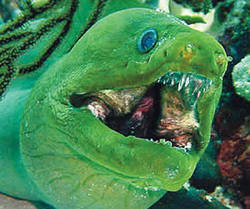


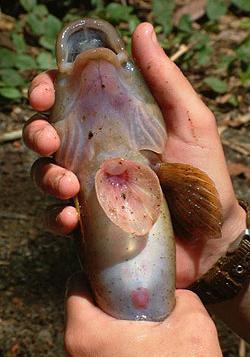


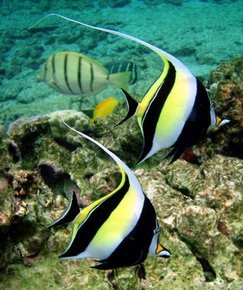

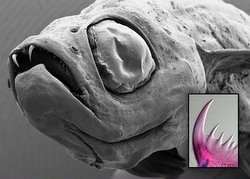
1 comment:
I have one of these :D very cute to watch him!
Post a Comment